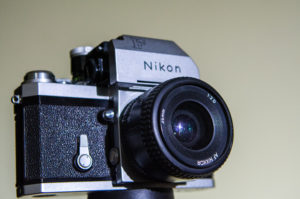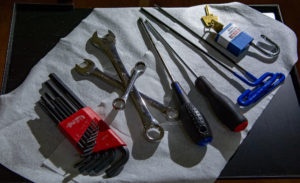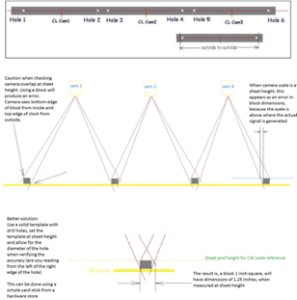
Step 1: ESTABLISH A BASELINE
The process of establishing a baseline for:
•Every recipe
•Each classifier
•Configuration parameters
Will expose subtleties in parameters that can go unnoticed until a comprehensive audit of the whole system is completed
For example, pixel filter setting variations between recipes can cause almost identical grades to behave in completely different ways. One recipe may show much more than is considered a defect, while the other struggles to find any defects.
Baseline studies uncover why defects get misclassified, why some recipes seem to ‘not work correctly’ and a host of other conditions that were considered a ‘mystery’
The baseline also established a solid foundation and the launching pad that documents every step of the future system optimization.

STEP 2: CENTERLINE THE VISION SYSTEM
The process to maximize performance of the existing system:
• Camera Focus and Alignment
• Light Condition and Strength
• Light to Camera Position Accuracy
• Camera to Sheet Accuracy
• Camera Calibration to Slitter Blade Accuracy
With a comprehensive set of tools and procedures, this approach has proven to expose flaws in camera and light setup and may have existed for years
STEP 3: EDUCATION IS A PROCESS
The process of building a knowledge base for all users:
• Learning using real world examples of how the Vision System can be used both for defect detection and also as a process improvement tool
• Minimum Learning in a classroom environment (to allow more hands-on learning)
• One-on-one training for both the operator level user and the system owner, accomplishes two goals
- The lessons are put into practice immediately
- Confidence is built as the user gets to demonstrate the new tools and processes
• Job aids accompany the learning steps, so each learning step is a foundation to build the next step
• The educator and trainer is also the dedicated vision champion, so learning never stops and questions don’t go unanswered, as the trainer is always accessible to the team
• This process take users from ‘unconsciously incompetent’ to ‘unconsciously competent’

STEP 4: OPTIMIZING SYSTEM PERFORMANCE
The process happens when the system owner and Dedicated Vision Champion can work as a team.
Because the Dedicated Vision Champion will not always be on-site when a recipe is used for the first time, both the system owner and Vision Champion can work together, to optimize the recipe.
This is an on-going process that covers items like:
• Reviewing recipes for under thresholding and over thresholding
• Improving connectivity, to connect what needs to be connected and separate unrelated defects
• Better classification of defects to prevent mis-classification of defects
STEP 5: MAINTENANCE AND BEYOND
The fifth step of the process is to maintain the benefits gained in the first four steps of the process and then use this process to elevate the vision system to the status of a true
Process Improvement Tool
This is achieved by building trust with operators and system owners. Letting them develop both the knowledge to understand when the Vision System is not performing at it’s optimum level and knowing the full capabilities of the vision system, so that it can be used to the same degree of effectiveness during a new product trial, as it is when used during normal operation.
Areas where existing Vision Systems often fail to meet expirations are:
Building New Recipes
The Vision System doesn’t seem to pick up defects the way it does with other grades
Support Trials and Tests
The default approach is to use an existing recipe, but a polymer change or a pigment change can drastically impact how light behaves between certain grades. Knowing when this is happening and how to react when it happens are key to continuing the new standard set for the vision system
Relocation Vision System
Vision Systems are often treated like video cameras by ‘casual’ users. If the team relocating the vision system does not understand the critical angles and alignment of camera to light, then a vision system can often be rendered ineffective after relocation
Repurpose Vision System
Like a relocation, if a vision system is repurposed to find defects in a different way (for instance a reflection view is modified to look at the dark field image instead of a bright field image) knowing how to set focus and calibrate to this new region of inspection is critical and an error of mere millimeters can cause the view to be useless for this new purpose
Upgrade Management
Inevitably servers will reach the end of life cycle and need to be replaced. Light technology continues to improve. How these upgrades are managed can extend the life of an existing vision system well past the depreciated schedule for the equipment and allow an older vision system to still perform at a level that supports the quality needs of the process and the final customer
These are areas where to Dedicated Vision System Champion process has proven to be most effective.

